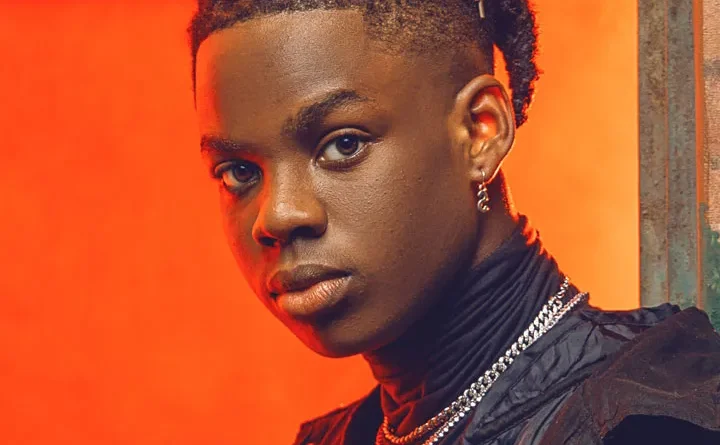Rema Denies Devil Worship Claims Amid Controversy
Global music sensation Rema has recently responded to rumors suggesting that he worships the devil. He attributed these claims to the striking visuals and performance styles in his music videos. In an interview on the Kids Take Over podcast, Rema described the accusations as one of the most absurd things he has encountered about himself.
During the interview, the Nigerian singer emphasized that his artistic choices are simply a reflection of his creativity. He highlighted that the use of bold colors, especially red, in his work has led to misunderstandings. “The craziest thing I’ve seen online about me is that I worship the devil; they say I worship the devil,” he stated. Rema explained that responding to such claims feels pointless, as they stem from a lack of understanding of his artistic vision.
Rema elaborated on his “rabid phase,” where he prominently featured the color red. He argued that this choice is purely artistic, saying, “Sometimes, it’s just really the colors my team and I use to dominate an image. If you see a beautiful lady in a red dress, you won’t call her the devil, so why are you calling me the devil?” This analogy aimed to illustrate how color can evoke different interpretations depending on context.
He also expressed his disappointment at how his Edo culture is often misrepresented. Rema pointed out that people often label aspects of his culture as devilish because they do not fully understand their significance. This cultural misunderstanding reflects broader issues of perception and stereotypes in society.
Rema’s comments shed light on the challenges artists face when their work is misinterpreted. His strong defense of his artistic choices serves as a reminder of the importance of context in understanding creative expression. As he continues to rise in the global music scene, Rema remains committed to showcasing his culture and identity through his art.
In conclusion, Rema’s dismissal of the devil worship rumors highlights the need for greater appreciation and understanding of artistic expression. As he navigates the complexities of fame, he encourages fans to engage with his work more thoughtfully, recognizing the artistry behind the visuals rather than jumping to conclusions.







